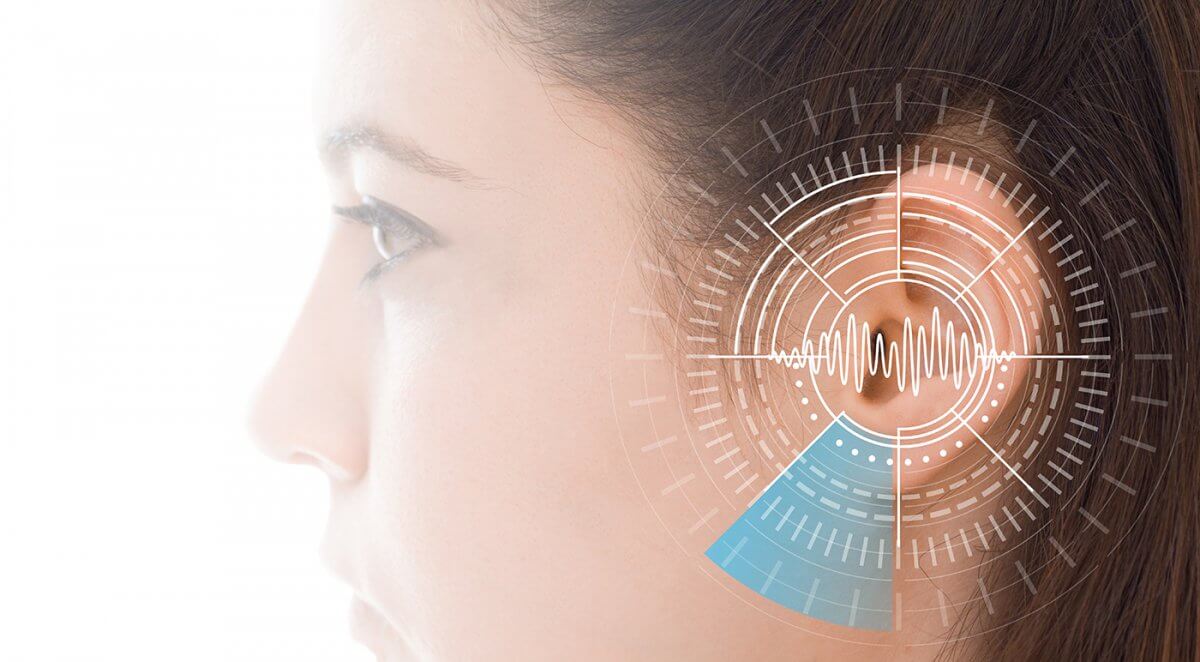Blog

Navigating the World of Voice Disorders: Understanding Causes, Diagnosis, and Management Strategies
Introduction:
In the symphony of human communication, our voices are the instruments through which we express ourselves. Whether it’s sharing our thoughts, singing our favorite tunes, or simply engaging in everyday conversations, our voices play a pivotal role in our lives. However, like any finely tuned instrument, our voices can sometimes encounter disruptions, leading to what we commonly refer to as voice disorders.
Exploring the realm of voice disorders unveils a fascinating journey through the intricacies of our vocal anatomy, the myriad of factors contributing to their onset, and the diverse strategies employed in their diagnosis and management. Join us as we embark on this enlightening exploration, delving into the causes, diagnosis, and management strategies of voice disorders.
Understanding Voice Disorders:
Voice disorders encompass a broad spectrum of conditions that affect the production of sound by the vocal cords and other structures within the larynx. From benign conditions like acute laryngitis to more severe ailments such as vocal fold paralysis or nodules, voice disorders can manifest in various forms, each with its unique set of challenges.
Causes of Voice Disorders:
Voice disorders can arise from a multitude of factors, ranging from physiological to environmental and even psychological influences. Some common causes include:
-
Overuse or Misuse: Prolonged or excessive use of the voice, especially in vocally demanding professions like teaching or singing, can strain the vocal cords and lead to disorders such as vocal nodules or polyps.
-
Trauma or Injury: Traumatic events such as vocal cord injuries, surgery, or accidents can result in structural damage to the vocal folds, impairing their function and causing voice disturbances.
-
Infections and Inflammation: Viral or bacterial infections of the upper respiratory tract can inflame the vocal cords, leading to conditions like laryngitis or pharyngitis, which can affect voice quality and resonance.
-
Neurological Disorders: Conditions affecting the nervous system, such as Parkinson’s disease or stroke, can disrupt the neural control of the muscles involved in voice production, resulting in dysphonia or other speech difficulties.
-
Environmental Factors: Exposure to irritants like smoke, pollutants, or allergens can irritate the vocal cords, triggering inflammation and contributing to voice disorders.
Diagnosis of Voice Disorders:
Accurate diagnosis is paramount in effectively managing voice disorders and restoring vocal function. Diagnosis typically involves a comprehensive assessment conducted by an otolaryngologist or a speech-language pathologist and may include:
-
Medical History: Gathering information about the patient’s medical history, vocal habits, occupational voice use, and any past vocal traumas or surgeries.
-
Physical Examination: A thorough examination of the throat, neck, and vocal cords using specialized instruments such as a laryngoscope to assess for any structural abnormalities or signs of inflammation.
-
Acoustic Analysis: Utilizing acoustic measures to analyze various aspects of the voice, including pitch, intensity, and resonance, providing valuable insights into vocal function.
-
Stroboscopy: A diagnostic procedure that employs a strobe light to visualize vocal fold vibration patterns, aiding in the assessment of vocal fold motion and mucosal wave dynamics.
-
Voice Quality Assessment: Subjective evaluation of voice quality through perceptual analysis, where trained clinicians assess parameters such as breathiness, roughness, strain, and pitch variability.
Management Strategies for Voice Disorders:
Once diagnosed, voice disorders can be managed through a multifaceted approach aimed at addressing the underlying causes and optimizing vocal function. Management strategies may include:
-
Voice Therapy: Individualized therapy programs designed to improve vocal hygiene, optimize vocal technique, and address any underlying muscular tension or misuse contributing to the voice disorder.
-
Vocal Rest: Temporary cessation of voice use to allow for vocal fold healing and recovery, particularly beneficial for conditions like acute laryngitis or vocal fold trauma.
-
Medication: Pharmacological interventions such as corticosteroids or antibiotics may be prescribed to alleviate inflammation, treat underlying infections, or manage symptoms associated with certain voice disorders.
-
Surgical Intervention: In cases of structural abnormalities or lesions such as vocal nodules, polyps, or cysts, surgical procedures may be recommended to remove or repair the affected tissue and restore vocal function.
-
Lifestyle Modifications: Advising patients on lifestyle changes such as avoiding vocal abuse, staying hydrated, quitting smoking, and minimizing exposure to environmental irritants to promote vocal health and prevent recurrence of voice disorders.
Conclusion:
In conclusion, voice disorders represent a complex interplay of physiological, environmental, and behavioral factors that can significantly impact an individual’s quality of life and communication abilities. By understanding the causes, diagnosing accurately, and implementing tailored management strategies, we can navigate the challenges posed by voice disorders and empower individuals to reclaim their voices and thrive in their personal and professional endeavors. Let’s continue to explore, educate, and advocate for the importance of vocal health and the transformative potential of effective voice disorder management.










